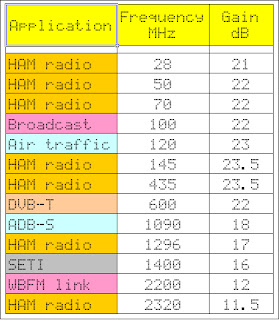OK, here’s the somewhat finalized TX chain, copper spreader (Under amp modules), heat sink, enclosure & autotuner.
Since I decided that there was no way possible to fit everything in the 2"X10"X12", so, I discarded the back shell & will be making a new one that gives me 3 1/2 - 4" of depth.
!
This shows a general picture of the parts (Less LPFs for VHF/UHF.
!
Output of LimeSDRUSB to HP programmable attenuator, to bandswitching relays.
!
Another general overlook.
!
Input to 1 SPDT SMA latching relay, then each output to another. Stage 2 relays A switches VHF/UHF, B switches HF/6M & exterior output.
!
From the VHF/UHF band relay, comes outputs to each Class AB module, through a directional coupler. The VU OUT latching relay in the middle will get LPFs between it & the amp modules. THen, the common will go to a mutual VHF/UHF port.
!
In this, you can see the third amp feed, also through a coupler for monitoring, then to the TS-440SAT PA, LPFs, (Not shown BCD board that I have to dremel apart), & the autotuner.
So, there’s the somewhat complete TX chain.
When I get the LPFs in, I will test it out. I still need to get BPFs for VHF/UHF, receive, too.
All ports of the Lime will still come out the back. THe input to the LimeSDRUSB will be KVMd to allow operation from the Udoo X86 Ultra, or, any other PC. Network, DP/HDMI, RS-232, USB3.0 & a GPIO plug for 12-15 connections.
I am sure that there will be more, along the way, but wanted to show what the plan has morphed into.
Ed




 Also I’ve played a bit with SDRAngel. It works great on Linux.
Also I’ve played a bit with SDRAngel. It works great on Linux.





